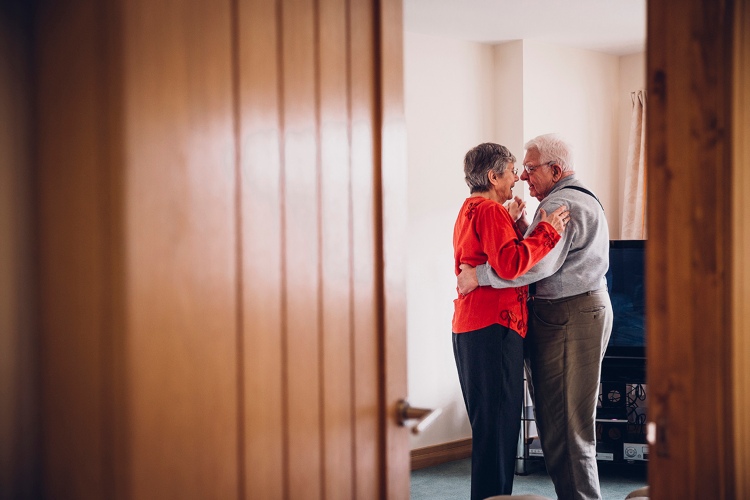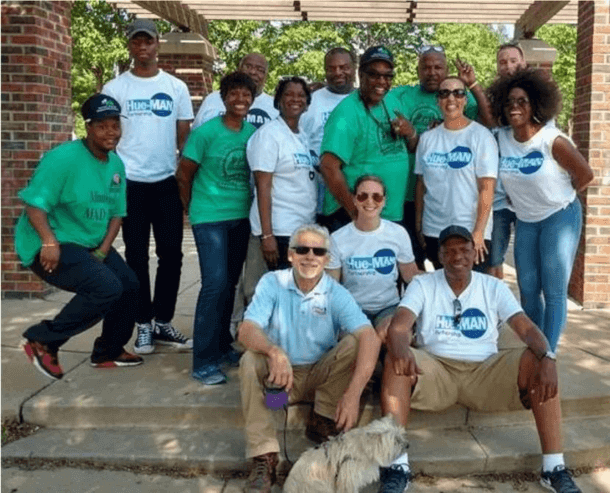2 min read

In the wake of COVID-19, we’re starting to see more and more discussion about the need to support people outside of the traditional health care setting. Setting aside the challenges of social distancing, this makes sense. You only need to think about yourself and those you care about to know that people recuperate and convalesce best in their home. That’s where we have the best chance to be comfortable and happy. That’s where health is won—or lost.
Of course, it’s not that easy. Most of our healthcare system is structured around going somewhere—a hospital or doctor’s office—to be diagnosed and receive care. If things are serious, you might exit the hospital only to go somewhere else to recuperate, like a skilled nursing facility. If your illnesses are more of the chronic variety, you’ll go home but then need to go back to that “somewhere” for check ups and testing. Between all these visits are the “gaps” into which people fall.
At Signify Health, we support the healthcare system by stepping outside it to find those in-between spaces—into those corners where our clinical partners can’t see.
We do this by following the people we serve—tracking them longitudinally across each step of their care journey, so we learn more about them than what’s in their clinical records. Doing so lets us see them as people. We sit down with them—knee-to-knee—during our risk assessment process to listen and learn about how they live, so we can discover the personal, social, and economic determinants that may contribute to their poor health. And then we use what we learn to drive change.
From this information, we build a clinical and social care assessment to identify any gaps-in-care. Then, we connect all the providers engaged in the person’s care with the community resources and organizations that can help them. It takes technology-enabled healthcare solutions and good, old-fashioned people skills to connect the right care, at the right time, in the right settings.
Our approach allows us to share accountability and risk with providers and drive value-based care, better quality, and cost outcomes for the individuals and families we serve. No other company has the proprietary technology, the nationwide networks, or the people who can do what we can.
We’re proud to say that it’s working. Here’s an example of what we’re seeing from our work with seniors managing post-acute care:
- 10.1% reduced readmissions from the average 90-day readmission rate
- 33.3% increased discharges from the hospital directly to the home with home health services
- 13.0% reduced skilled nursing facility post-acute stay duration—getting people to convalesce in their homes sooner.
These results are the reason why we’re leading the nationwide trend of moving health homeward, and we are just getting started.
While it’s always great to be a leader, the reason behind everything we are doing is that we are building a healthier place for us all to live and age-in—one that is valued-based but, most of all, human-centered.
That’s where we want more healthy and happy days—in our homes.
Topics: Homeward



